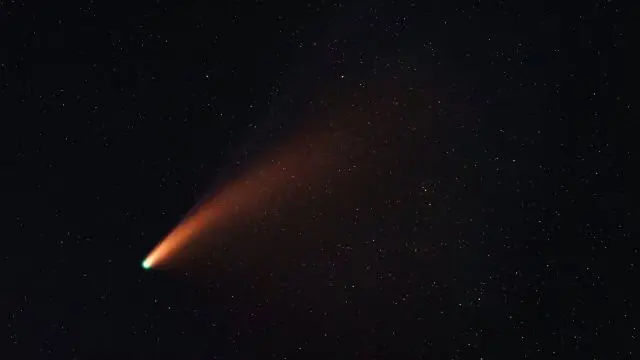Here’s all the essential information about the “Devil Comet” that could undergo another explosion today.
Comet 13P/Pons-Brooks, also called the Devil Comet, is about the size of Mount Everest and it is hurtling towards Earth. After an outburst in July, scientists believe that the intimidatingly named comet could explode once again today.
But that is not far from common. Ice volcanoes on the comet have erupted atleast six times in 2023, according to SpaceWeather.com. “The last few outbursts have been on a 15 day cadence and we might be coming up to another one,” said Nick James of the British Astronomical Association to the publication, saying an explosion is likely on November 30.
What is the devil comet and why is it called that?
The Pons-Brooks comet had a huge eruption in July where it blew off a bunch of gas and dust, which meant that it brightened by 100 times as seen by telescopes. That eruption caused the comet to distort into a horseshoe or horned shape, according to Astronomy magazine. That is why many media outlets began calling it the Devil Comet.
As if calling it the Devil’s Comet was not scary enough, just reading the headlines of the articles about it might give you the impression that it is going to finish off the Earth soon. But that is far from the truth.
Will the devil comet hit Earth?
When the comet reaches the closest point to the Sun in its orbit, it will be at a distance of 0.8 astronomical units. To put that into context, one astronomical unit is the approximate distance between the Earth and the Sun. So yes, the Devil Comet might come relatively close to the Earth, but it will be further away than Venus, which is about 0.7 astronomical units away from the Sun.
Why does the devil comet explode?
The Devil Comet experiences eruptions resulting from a phenomenon familiar to us on Earth—volcanism. Classified as cryovolcanic, it possesses volcanoes that expel materials into the exceedingly cold expanse of space.











